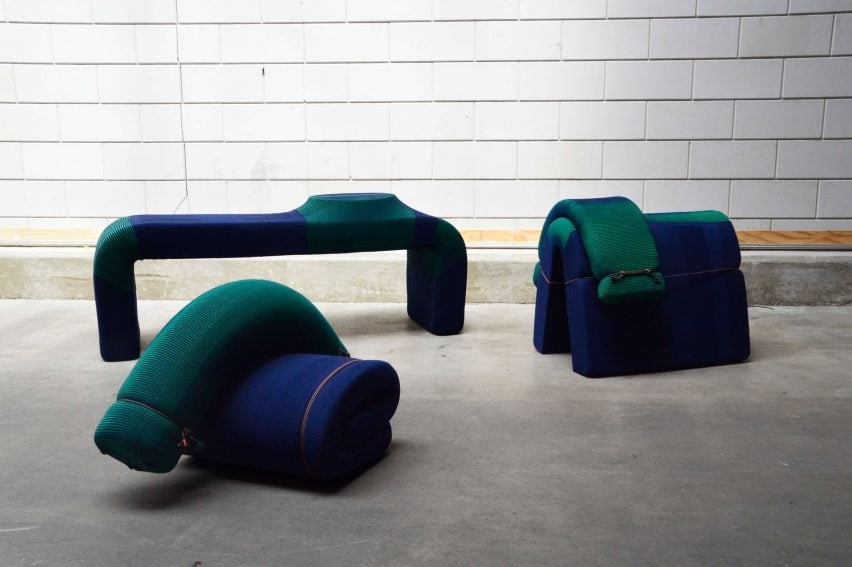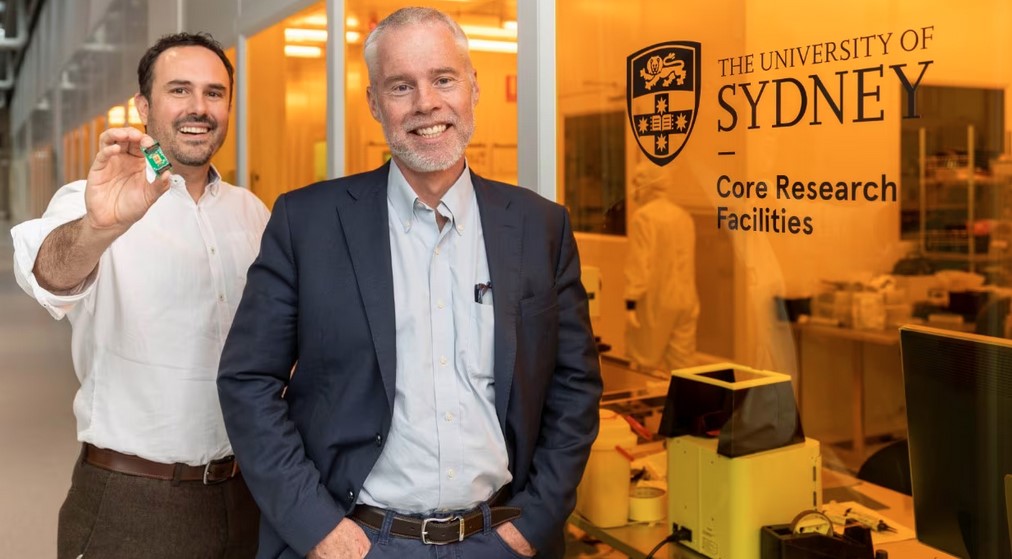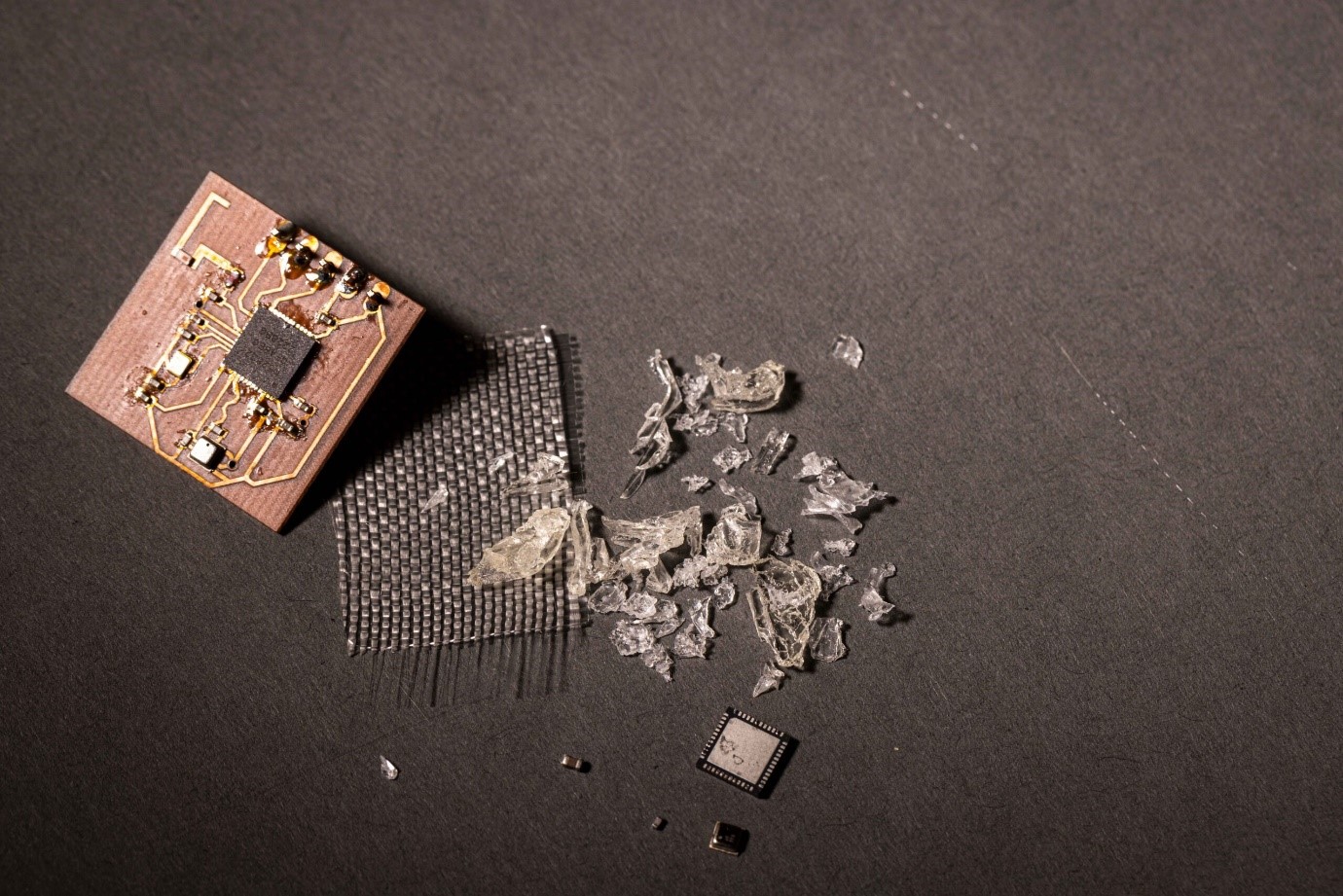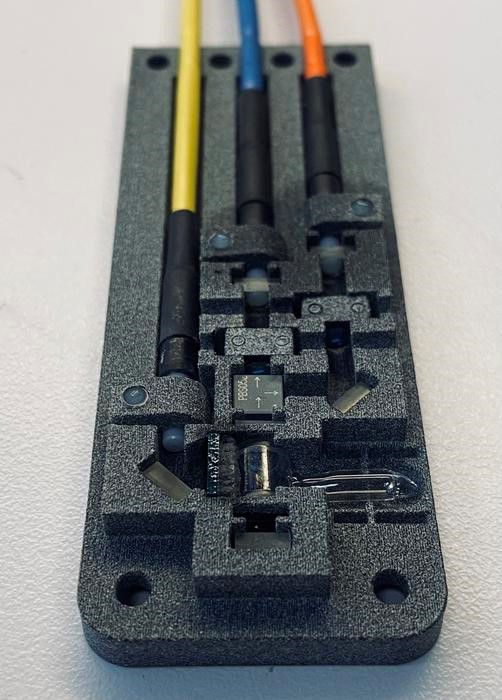3D Knitting Could Make Solid but Soft Furniture
Yuichi Hirose has a vision—one where everyone can access a machine that knits furniture. This machine wouldn’t merely knit the exterior fabric of furniture; it would use knitting to create solid, three-dimensional objects like chairs and tables. If you're tired of a love seat, you could unravel it and repurpose the yarn to knit a new ottoman.

Figure 1. 3D Knitting Could Make Solid but Soft Furniture.
This innovative fabrication technique, known as solid knitting, was first conceived by Hirose, a robotics Ph.D. student at Carnegie Mellon University's School of Computer Science. Hirose’s fascination with the concept began over a decade ago. Now, collaborating with a research team led by James McCann, an associate professor at the Robotics Institute, he has turned this vision into reality. Figure 1 shows 3D knitting could make solid but soft furniture.
"My dream is to see these solid knitting machines everywhere in the world," Hirose said. If the concept seems a bit confusing, you're not alone. Solid knitting is similar to 3D printing; while 3D printers build objects layer by layer, solid knitting constructs shapes by adding one knitted layer on top of another. Instead of using glue or melted plastic, each new layer is stitched to the previous one.
To help people grasp the concept, the researchers have provided hand-knitting instructions and a video for those interested in understanding the technique more deeply. "It can be challenging to fully grasp the idea," said McCann, leader of the Carnegie Mellon Textiles Lab. "But it's a very intriguing concept with significant potential."
Hirose first imagined solid knitting in 2012 while pursuing his master's degree in digital fabrication at Keio University in Japan. Inspired by the Claytronic project at Carnegie Mellon’s Computer Science Department, which aimed to create modular robots that could self-assemble into various shapes, Hirose sought a more durable yet reconfigurable solution.
"The modular robots were impressive but lacked versatility," he said. Determined to pursue his solid knitting idea, Hirose secured funding, left his job, and in 2018 began developing a solid knitting machine. His machine, similar to commercial knitting machines, uses rows of latch needles—hooked needles with latches that open and close—to manipulate yarn and maintain loops for subsequent stitching rows.
While developing his machine, Hirose came across a report on McCann's software project, which simplified the reprogramming of commercial knitting machines to create customized 3D knitted items. Although these items were hollow, like stuffable bunny rabbits rather than solid objects, Hirose and McCann began discussing a potential collaboration.
By 2020, Hirose's machine was nearing completion, but the pandemic delayed their collaboration. In 2022, Hirose joined the Textiles Lab as a research assistant and later entered the Ph.D. program in robotics. At SIGGRAPH 2024, the CMU team presented their solid knitting research and prototype machine, earning an honourable mention in the Best Paper competition. SIGGRAPH also featured a blog entry about their project.
The prototype, roughly the size of a clothes dryer, can currently produce only triangular or rectangular prisms of various lengths. The aim is to develop a machine capable of automatically creating solid objects, but further improvements are needed.
The machine significantly stretches the yarn loops, so the researchers use elastic cord as the material. Despite being made from a flexible cord, the resulting solid knits are "surprisingly firm," according to McCann, comparing them to a stack of felt or a shoe sole.
Although the machine’s capabilities are still limited, the technique can be employed to hand-knit larger and more intricate shapes, such as sandals. Hirose plans to advance research in two directions: developing a larger machine for producing furniture and creating a smaller, more precise machine for detailed objects.
"We hope that others will build their own solid knitting machines and explore new ideas we haven't considered," McCann said. In addition to Hirose and McCann, the research team included Angelica Bonilla Fominaya, an arts and computer science student now a Google software engineer who used the technique to create art pieces, and Mark Gillespie, who recently earned his Ph.D. in computer science and developed the project's 3D visualization software, which has been crucial for understanding the complex design process.
The research was supported by Japan's Ministry of Internal Affairs and Communications, Panasonic Holdings Corp., Japan's Information-Technology Promotion Agency, and the National Science Foundation.
References:
- https://www.cs.cmu.edu/news/2024/solid-knitting
Cite this article:
Gokila G (2024), 3D Knitting Could Make Solid but Soft Furniture, AnaTechMaz, pp.312















